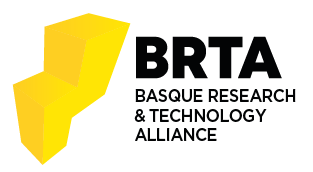Connected and Automated Mobility Services in 5G Cross-Border Environments: Challenges and Prospects
Authors: Katsaros, Konstantinos V.
Date: 01.05.2023
IEEE Intelligent Transportation Systems Magazine
Abstract
The next generation of mobile networks, namely 5G, promises significant qualitative and quantitative advances for multiple vertical domains. However, most studies and investigations assess these advances under the implicit assumption of a single network service provider, with typical national coverage. In this article, we take a close look at the automotive sector and highlight a series of challenges emerging in the context of its inherent (inter)national mobility and the corresponding importance of cross-border and/or multioperator environments. Our target is to pinpoint the key influential factors affecting the transition toward seamless (cooperative) connected and automated mobility services within and across national borders. To this end, we identify and analyze a series of challenges in the areas of, networking, application, security, and regulation. We further present and discuss a series of corresponding solutions investigated in the pragmatic context of our experimental activities.
BIB_text
author = {Katsaros, Konstantinos V.},
title = {Connected and Automated Mobility Services in 5G Cross-Border Environments: Challenges and Prospects},
journal = {IEEE Intelligent Transportation Systems Magazine},
pages = {13},
volume = {Vol 15},
keywds = {
5G mobile communication systems; Automotive industry; Mobile edge computing
}
abstract = {
The next generation of mobile networks, namely 5G, promises significant qualitative and quantitative advances for multiple vertical domains. However, most studies and investigations assess these advances under the implicit assumption of a single network service provider, with typical national coverage. In this article, we take a close look at the automotive sector and highlight a series of challenges emerging in the context of its inherent (inter)national mobility and the corresponding importance of cross-border and/or multioperator environments. Our target is to pinpoint the key influential factors affecting the transition toward seamless (cooperative) connected and automated mobility services within and across national borders. To this end, we identify and analyze a series of challenges in the areas of, networking, application, security, and regulation. We further present and discuss a series of corresponding solutions investigated in the pragmatic context of our experimental activities.
}
doi = {10.1109/MITS.2023.3237271},
date = {2023-05-01},
}







